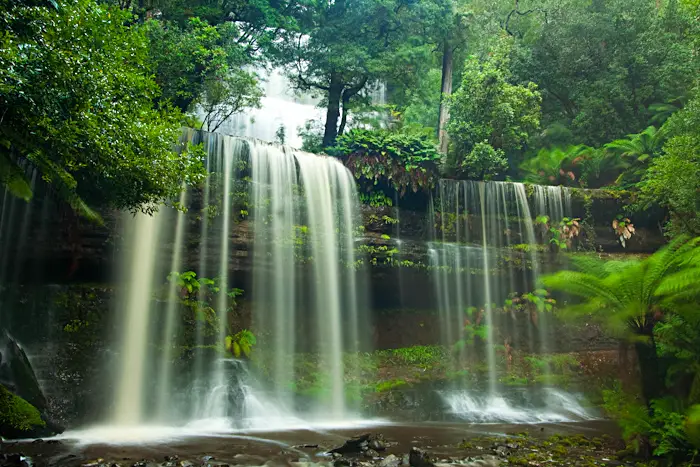I've virtually certain it is, but there may be some hidden detail I'm not considering.....
I find more and more I leave my M2P in 5-shot AEB mode when taking pictures and I usually have plenty of time later to compress them in post. Recently though the thought occurred to me that I don't always have access to my PC and I might want to post a picture directly.
It appears that chronologically, the first image shot in a 5-shot AEB set is the middle exposure. Shots two and three are one step down and up, respectively. Shots four and five are two exposure steps down and up.
Is there any reason to expect that the 1st shot in an AEB set is any different than what would be captured if the camera mode was set to single image rather than AEB?
I find more and more I leave my M2P in 5-shot AEB mode when taking pictures and I usually have plenty of time later to compress them in post. Recently though the thought occurred to me that I don't always have access to my PC and I might want to post a picture directly.
It appears that chronologically, the first image shot in a 5-shot AEB set is the middle exposure. Shots two and three are one step down and up, respectively. Shots four and five are two exposure steps down and up.
Is there any reason to expect that the 1st shot in an AEB set is any different than what would be captured if the camera mode was set to single image rather than AEB?












